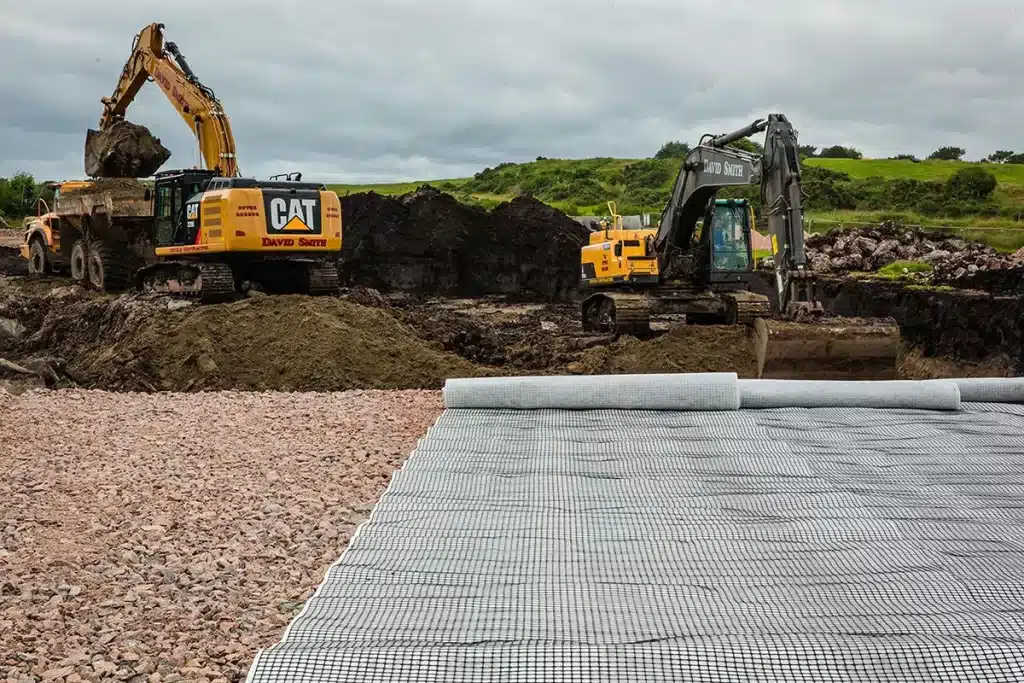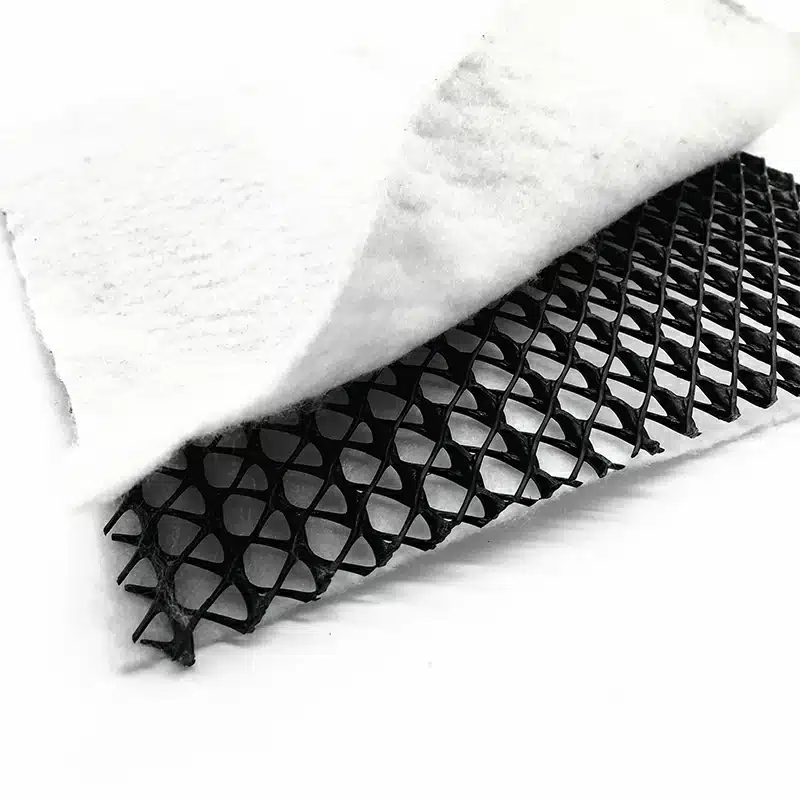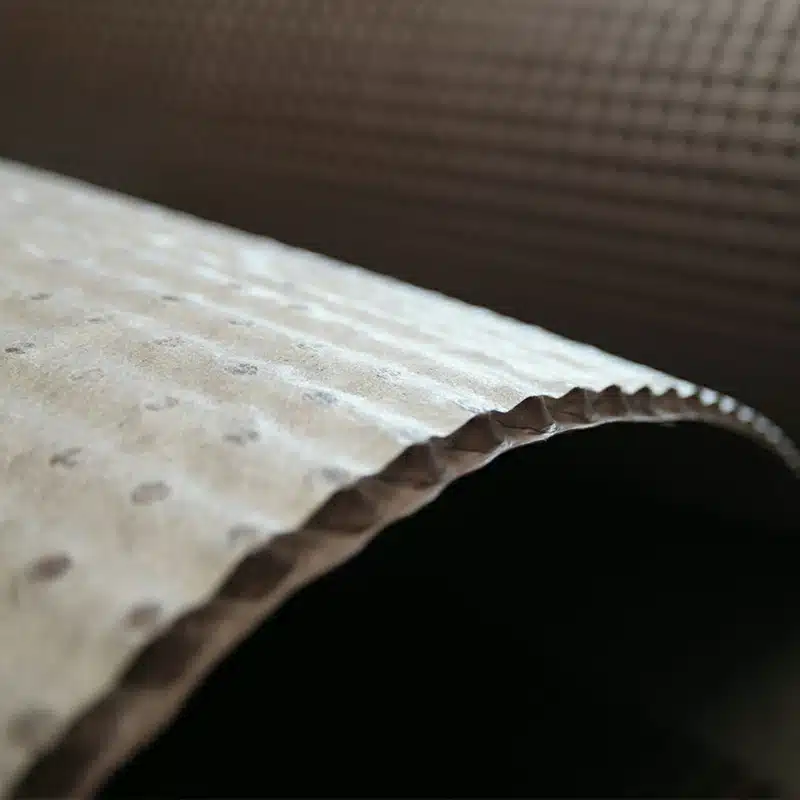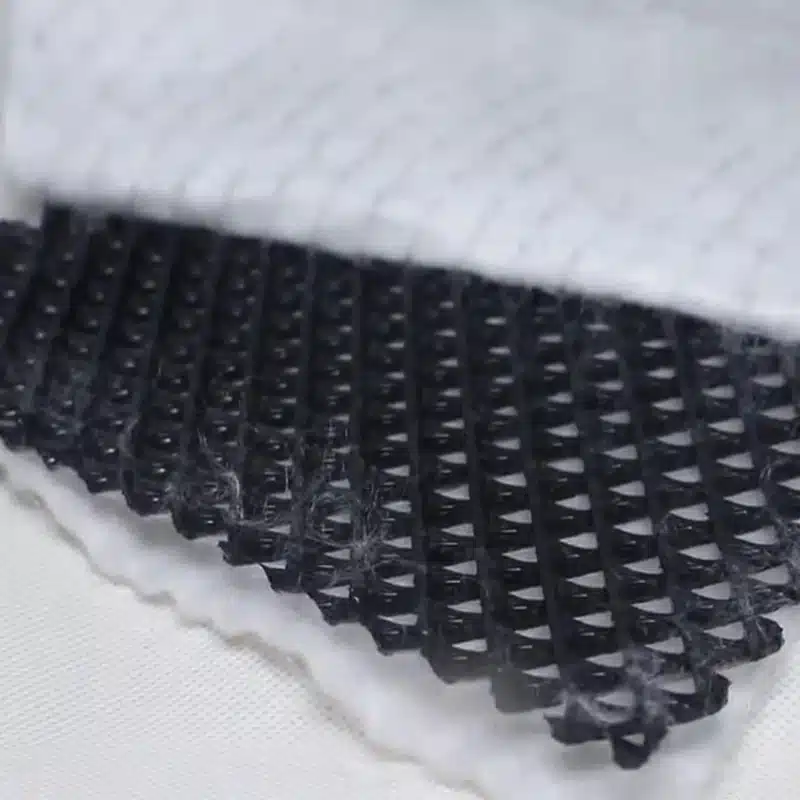+86-159 9860 6917
info@geofantex.com
geofantex@gmail.com
+86-400-8266163-44899
Geocomposites are an essential component in the field of geosynthetics, which is used in a wide range of civil engineering applications. But what is geocomposites exactly? In this article, we will delve into the definition, uses, benefits, and common types of geocomposites, helping you understand why they are so important in modern construction and environmental projects.
What Are Geocomposites?
Geocomposites are engineered materials made from two or more geosynthetic components that are combined to serve a specific function. So, what is the function of geocomposite? Essentially, geocomposites combine the properties of materials like geotextiles, geomembranes, or geogrids to enhance drainage, filtration, separation, or reinforcement in a variety of civil engineering and environmental applications. These materials are highly versatile and widely used in infrastructure projects, including road construction, landfills, and erosion control.

How Are Geocomposites Used in Construction Projects?
In construction, geocomposites play a crucial role in improving the durability and performance of infrastructure projects. But what are geocomposites? They are materials that combine different geosynthetic components, such as geotextiles and geomembranes, into a single composite, offering multiple benefits in one solution. Geocomposites are often used in applications such as roadways, landfills, drainage systems, and retaining walls. For instance, geocomposites made from a combination of geotextiles and geomembranes can be employed for effective drainage in highway construction, helping to manage water flow and prevent erosion. Their strength and versatility make them a cost-effective solution in a variety of construction scenarios.

What Are the Advantages of Using Geocomposites?
There are several key benefits to using geocomposites in engineering projects. But what are geocomposites? Simply put, they are advanced materials that combine multiple functions into a single composite. This integration reduces the need for separate layers or materials, enhancing the efficiency of construction and leading to lower labor and material costs. In addition, geocomposites offer improved strength, durability, and performance compared to single-component materials, making them especially ideal for projects that require long-term stability, such as landfills or drainage systems.
What Types of Geocomposites Are Commonly Used?
There are several types of geocomposites, each designed to address specific needs in construction and environmental protection. Some common types include:
- Geocomposite Drainage Mats – These are used in drainage systems to facilitate the movement of water away from critical areas.
- Geocomposite Reinforcement Fabrics – These are used to reinforce soils in embankments, roadways, and other structures.
- Geocomposite Liners – Typically made from a combination of geomembranes and geotextiles, these are used in landfills and waste containment systems to prevent leakage and protect the environment.
In conclusion, geocomposites are a vital component of modern civil engineering and environmental protection. These materials combine different geosynthetics to provide enhanced functionality and performance for a wide range of applications. Whether used for drainage, reinforcement, or containment, geocomposites offer significant advantages in terms of durability, cost-effectiveness, and ease of use. Understanding what geocomposites are and their benefits is essential for anyone involved in infrastructure development and environmental management.



Get Free Sample
We’ll respond as soon as possible(within 12 hours)





















